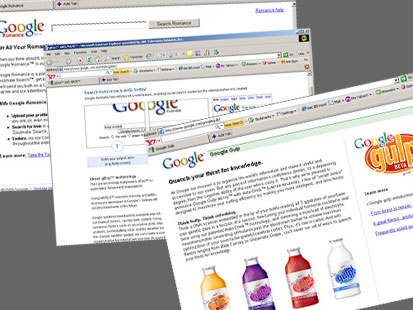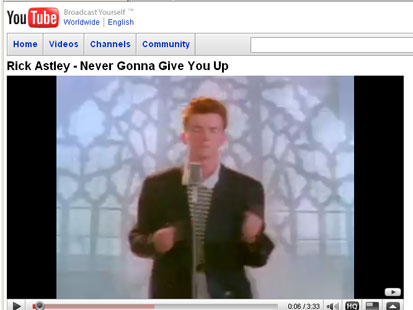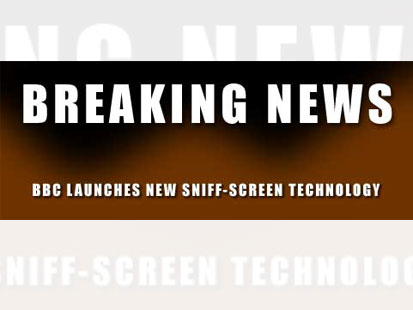High-Tech Hijinks: Top 7 Web and PC Pranks
Who Gets the Last Laugh? Top Internet Hoaxes and Pranks You Too Can Pull
By KI MAE HEUSSNER
March 30, 2009—
What would April be without its annual day of tomfoolery?
Even the stodgiest among us enjoy a chuckle, and tech geeks, especially, have a field day every April 1, using their skills to snare surfers online or throw friends and co-workers off-kilter at their computers.
"What a lot of people forget is engineering is technical and, in business is important, but a lot of us are doing this because it's pretty fun," said Dan Kaminsky, a computer security consultant for Seattle IOActive Inc. in Seattle, who is also credited with discovering a major Internet security flaw.
"The heart of humor is surprise," he continued. "And how often have you [said] 'you can do that with the Internet!?'"
Whoopee cushions and cans of snakes may still leave some of us in stitches. But in the Internet age, it's often easier for mischief-makers to use fake news and Facebook pranks to catch their victims off-guard.
"What is digital slapstick?" asked Nate Westheimer, the organizer of the entrepreneurial community New York Tech Meet-Up. "It's less about physical humor and more about informational humor. It's very situational."
From a proposal to run the Internet through pigeons to reports of a sophisticated Google dating service to a bizarre but popular YouTube phenomenon starring singer-songwriter Rick Astley, the Internet has played host to all kinds of high-tech hoaxes.
Here's a sampling of our favorites (including a few simple computer pranks you can pull, too).




